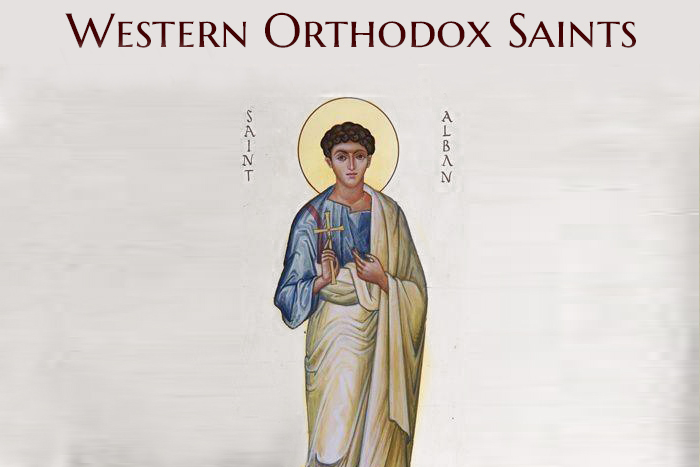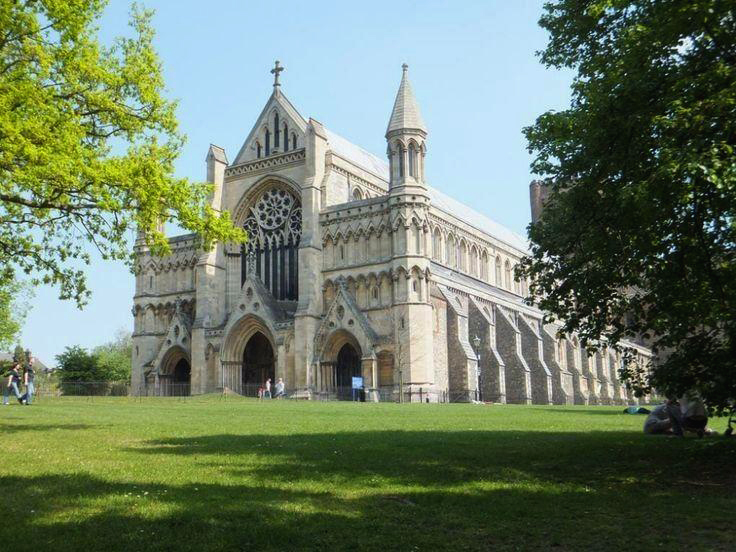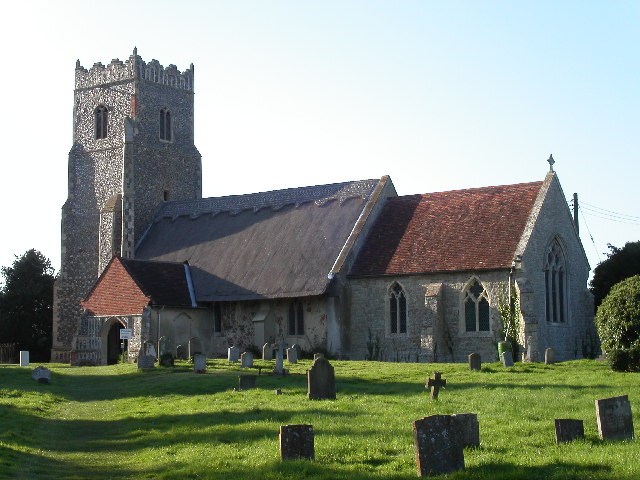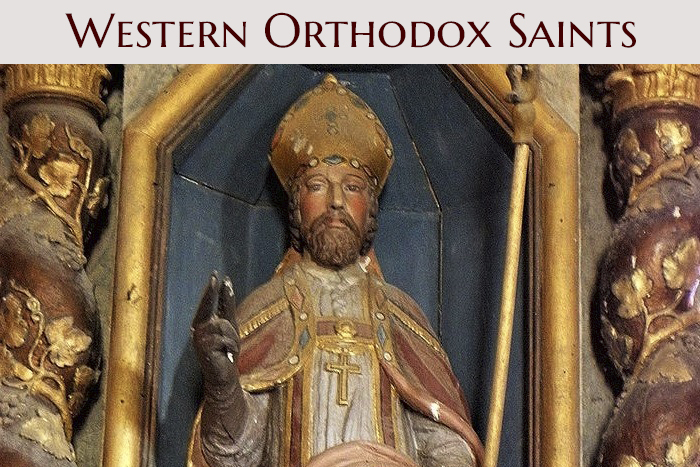
On July 5 the Church celebrates the memory of the Holy Martyr Alban of Verulamium. St. Alban has not been very well known to many believers, as he is a locally venerated saint of ancient Britain, but since his memory was included in the calendar of the Russian Orthodox Church, more and more people pay attention to his life. What did this ancient martyr glorify God with?
Sources
Martyr Alban is the first known saint in the British Isles, and he is the only martyr of the ancient Brits, whose memory and devotion survived the Anglo-Saxon conquest of the 5th century and are still preserved to this day. The veneration of this saint was first recorded in 428 in the description of the visit to the tomb of the Martyr Alban by Saints Germanus of Auxerre and Lupus of Troyes (Vita Germani. 16; Bedae Hist. Eccles. I, 18). Perhaps these Gallic saints were the pioneers of the veneration of the ancient Celtic saint on the continent, where there are also many churches in his honor. Information about the life of the martyr can also be found in the Ecclesiastical History of the English People of St. Bede the Venerable, which medieval historians rely on. Historian and monk Guilda dates the martyrdom of Alban to the period of the persecution of Diocletian (304), although most modern historians believe that he may have suffered much earlier, under Decius (251) or even under Septimius Severus (200), because the Caesar Constantius Chlorus (the father of Constantine the Great, Equal-to-the-Apostles), who ruled Britain at the time of Diocletian, did not persecute Christians. Thus, Alban should be attributed either to the beginning of the fourth century, as evidenced by Bede the Venerable, or, more likely, to the beginning or middle of the third century.

Hagiography
According to the ancient source Passio Albani, which Bede mainly relies on in his narrative, Alban (Lat. Albanus) was a resident of the ancient city of Verulamium (now St. Albans), built by the Romans near Londinium (today London). Some hagiographies suggest that he was a Roman legionary stationed in Britain. When the persecution of Christians erupted, one of the clerics, whose name had originally been unknown, was on the run and stopped in front of Alban’s house, exhausted. He let the old man in, sheltered him, and fed him. The presbyter stayed in the house of the future saint for about three days, and talked to him a lot about the Christian faith. The news of God’s sacrificial Love struck Alban and he, seeing the righteous life of the priest, received Holy Baptism. However, soldiers soon learned that the presbyter who had escaped the persecution was in one of the houses of Verulamium and found Alban’s house. The saint, wishing to save his mentor, who was sleeping quietly and did not hear any noise because he was old and a little deaf, takes the priest’s cloak (Latin Amphibalus, which in later tradition began to be perceived as the name of the clergyman) and goes out to the persecutors, posing as his teacher and declaring himself a Christian.

They led Alban to a local official, who at that very moment was making a sacrifice to pagan gods. The governor ordered him to sacrifice to idols, but he refused, saying the words, which even began to be used during the service of the local church: “I worship the Living and True God, the Creator of all things”. The martyr was whipped, in an attempt to undermine his resolution, but he managed to endure torture with courage and did not renounce Christ. Then he was sentenced to death and led to the place of his execution. As his hagiography tells us, a huge crowd gathered on the way to the place of execution, occupying the bridge over the river and preventing the procession from reaching the arena where the death sentence was to be carried out. St. Bede writes that the martyr, wishing to assume the crown of martyrdom as soon as possible, began to pray to God and the Lord drained the river (most likely it was the River Ver), so that the executioners and the prisoner could cross it over to the place of execution. One of the soldiers, struck by this miracle, threw his sword away and refused to execute the saint, professing himself a Christian, for which he was beheaded. As the hagiography tells us, the second executioner, upon chopping off the martyr’s head, lost his sight, and some hagiographers claim that his eyes fell out. The local ruler, having learned of these miracles, ordered to stop the persecution.

Gradually, the cult of St. Alban spread across the island. A church was built on the site of his execution and later the famous Benedictine abbey of St. Alban’s, which has survived to this day, was built here. During the Reformation, the shrine with the relics of the saint was destroyed, but the relics were evacuated. The shrine has now been restored to its original shape and part of the martyr’s relics, preserved for centuries in Europe, has been moved back to St. Alban’s. Recently, more and more Orthodox Christians have been making pilgrimages to the site of Alban’s martyrdom and are allowed to pray and even to celebrate liturgies near the shrine of St. Alban. There is the Fellowship of St. Alban and St. Sergius of Radonezh, a Christian organization founded in 1927 by Anglicans and such prominent Orthodox theologians as Father Sergius Bulgakov, Bishop Kassian (Bezobrazov) and others. Thanks to this organization, Christians of Anglican tradition can learn more about the treasures of Orthodoxy.




